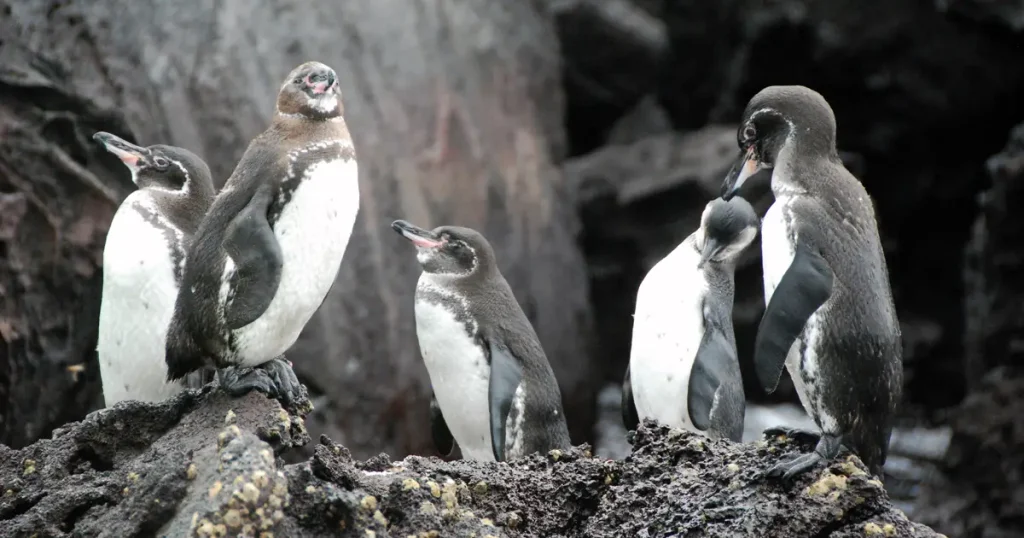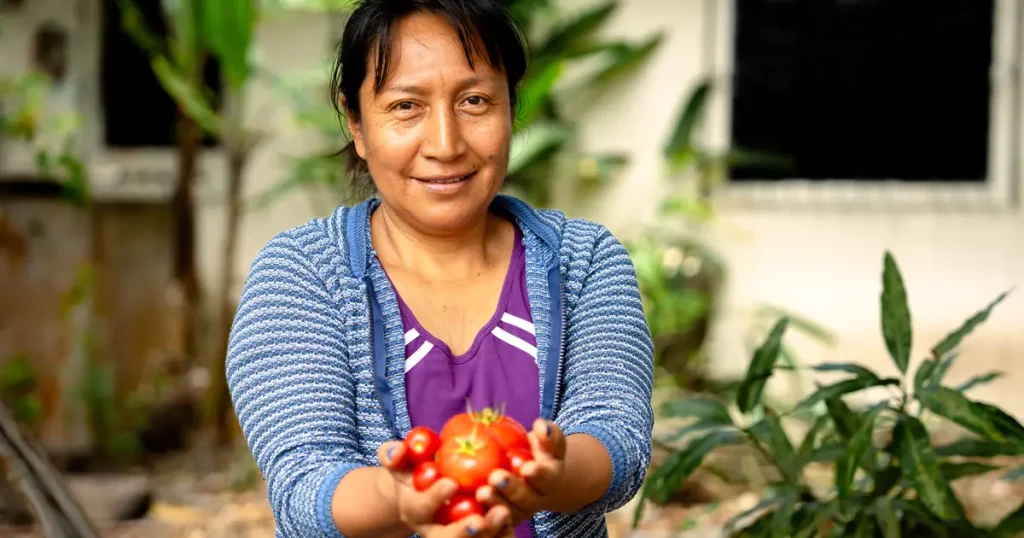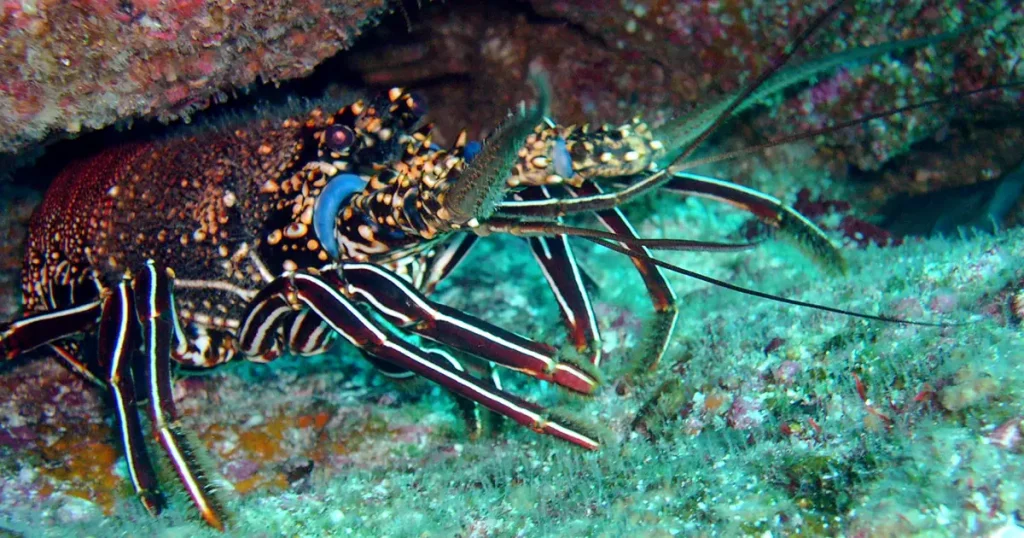From Extinction to Hope: Restoring the Tortoises of Galápagos
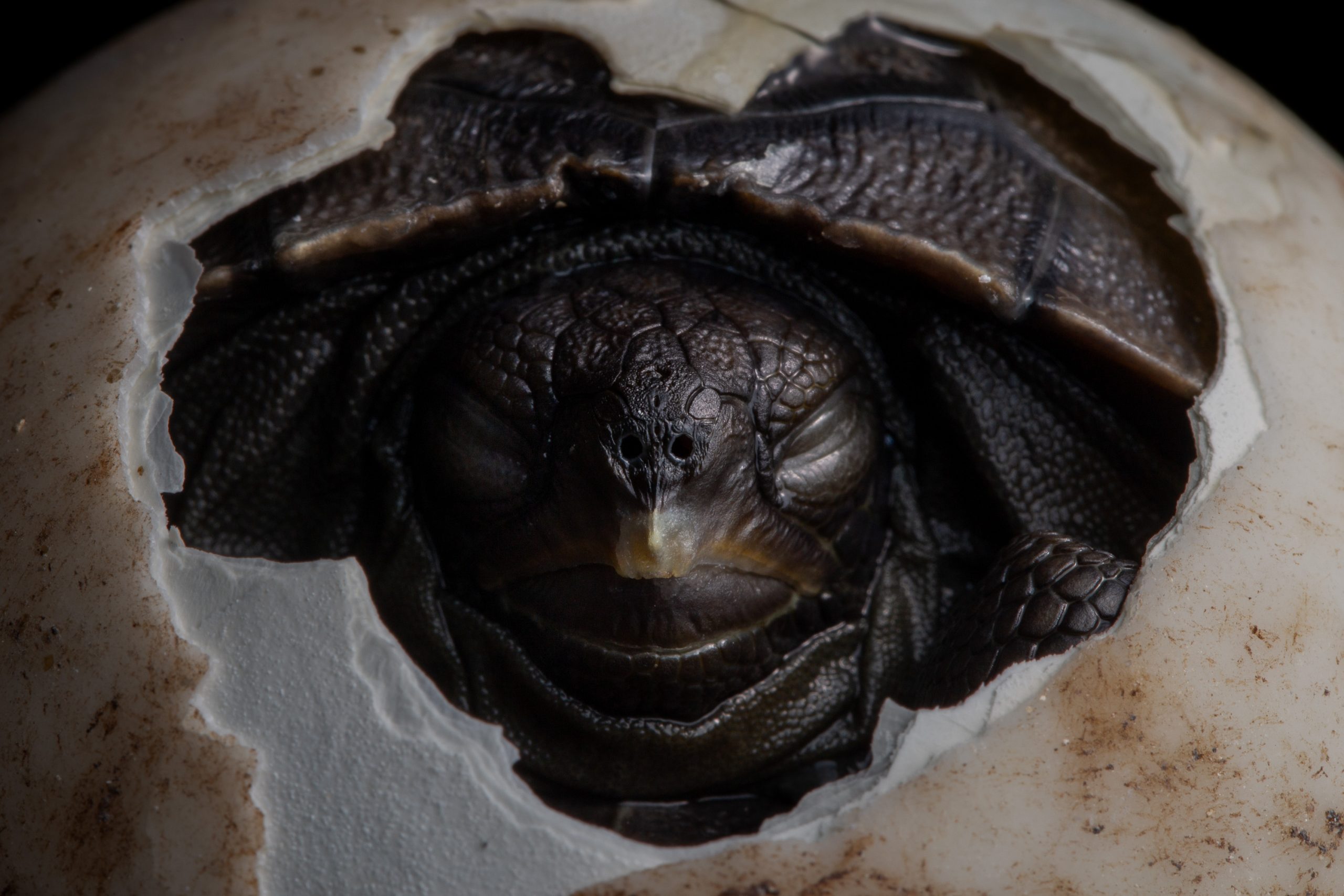
A monumental, decades-long effort by Galápagos Conservancy and the Galápagos National Park Directorate to restore giant tortoise populations has captured the attention of National Geographic. The article “Resurrecting the Lost Tortoises of Galápagos” appears in the magazine’s September issue and features our own Vice President of Science and Conservation, Dr. James Gibbs. It tells the tragic story of historic tortoise exploitation and the cutting–edge science that is helping to revive lineages long thought lost.
Resurrecting the Lost Tortoises of the Galápagos
For centuries, Galápagos giant tortoises were a staple food for hungry sailors, who plundered an estimated 100,000 tortoises from the islands between 1774 and 1860. This relentless exploitation drove three species to extinction, with the Floreana tortoise being the first to disappear in the 1850s.
That’s the jumping-off point for a new article in National Geographic, which traces the history of tortoise exploitation in the 18th and 19th centuries, as well as the persistent efforts by Galápagos Conservancy and our partners to protect and restore these majestic giants.
A new chapter in this history began in the year 2000. While exploring Wolf Volcano on Isabela Island, a team of National Park staff and conservation scientists – including Dr. Gibbs – encountered tortoises with saddleback shells, a physical trait of the long-extinct Floreana species. This discovery prompted an investigation that revealed a remarkable truth: these tortoises were hybrids, carrying the genetic lineage of the Floreana tortoise, which had survived and interbred with other species after being inadvertently left behind by whalers.
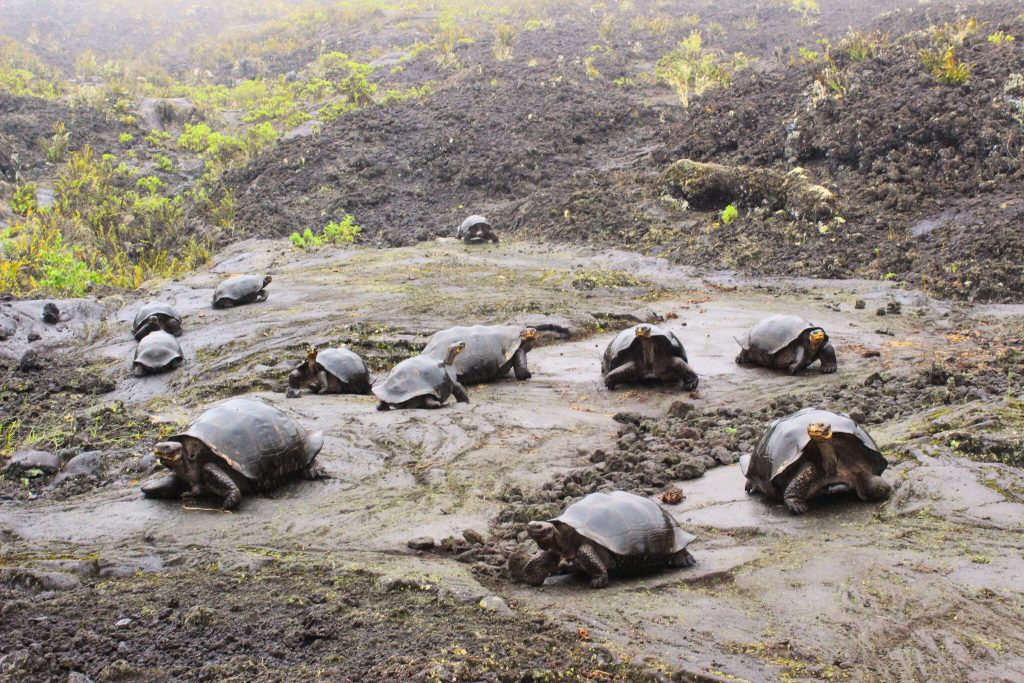
Archival photos from Wolf Volcano expeditions in 2014 and 2015. By: Dr. James Gibbs and Jane Braxton Little
Ecosystem Engineers to Return Home
But bringing these tortoises back isn’t only about restoring a lost species; it’s about healing an entire ecosystem. Giant tortoises are “ecosystem engineers”—their movements and grazing habits are essential for shaping the landscape, spreading seeds, and controlling invasive plants. Without them, the island’s delicate balance collapsed, leading to the decline of native species. On other islands, we have seen the incredible power of tortoise reintroduction, with ecosystems newly flourishing because of their presence.
As University of Newcastle conservation biologist, and Galápagos Conservancy collaborator Dr. Evelyn Jensen explains in the article, our goal is not to “re-create” the extinct species but to enable their descendants to return and fulfill their ancestors’ crucial ecological role.
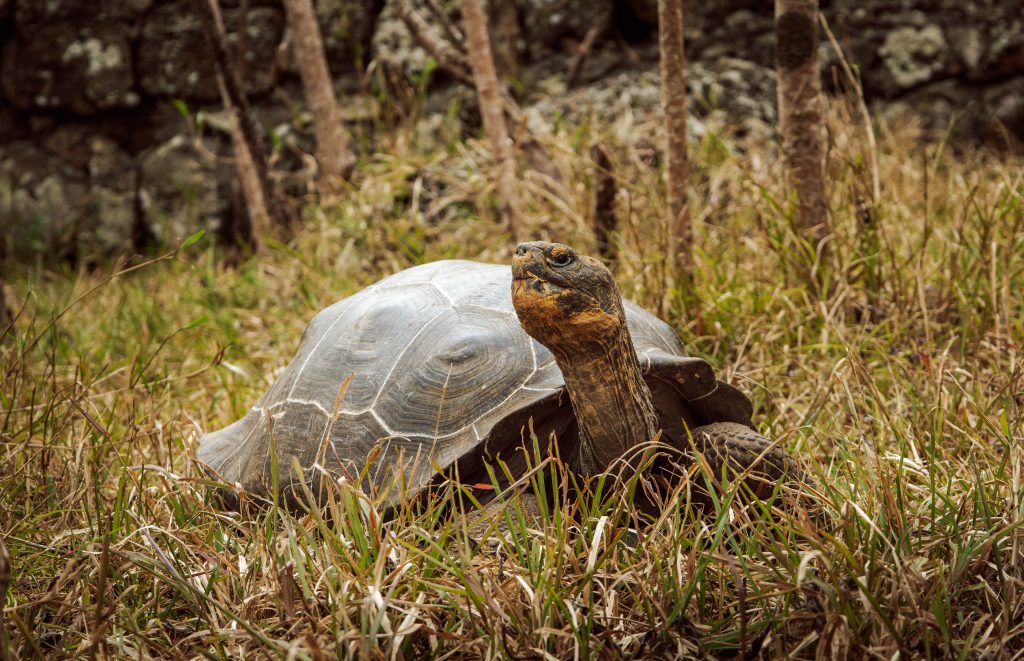
The Road to Reintroduction
Following this scientific breakthrough, our team, alongside our partners, embarked on a painstaking breeding program at the National Park’s breeding center on Santa Cruz Island. Drawing on careful genetic analysis, we have successfully bred hundreds of these hybrid tortoises, and they are now nearly ready for the next step.
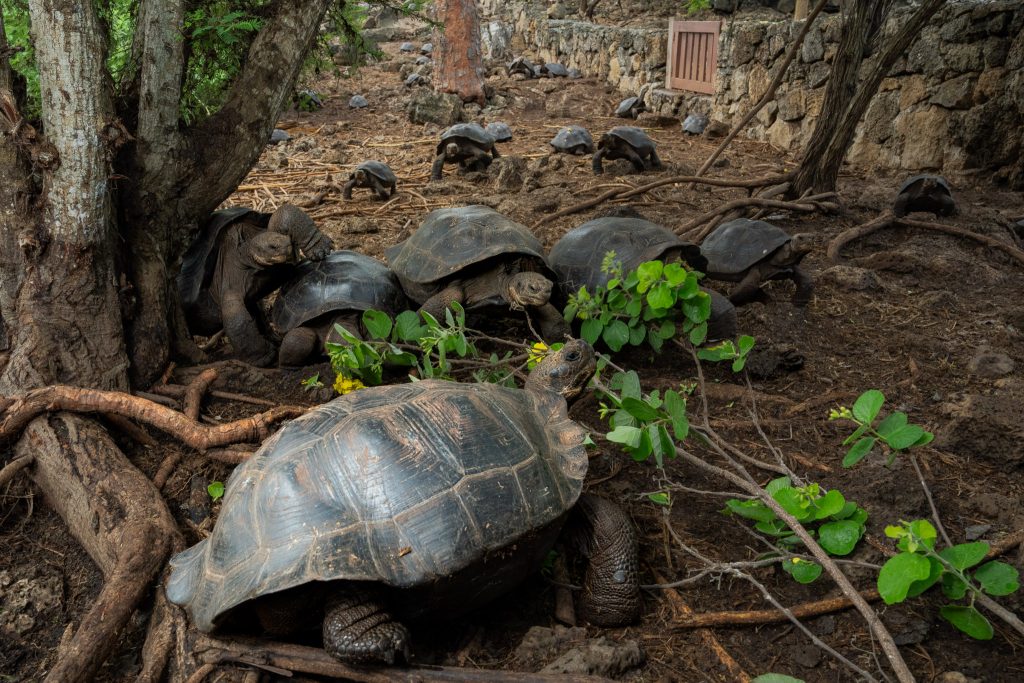
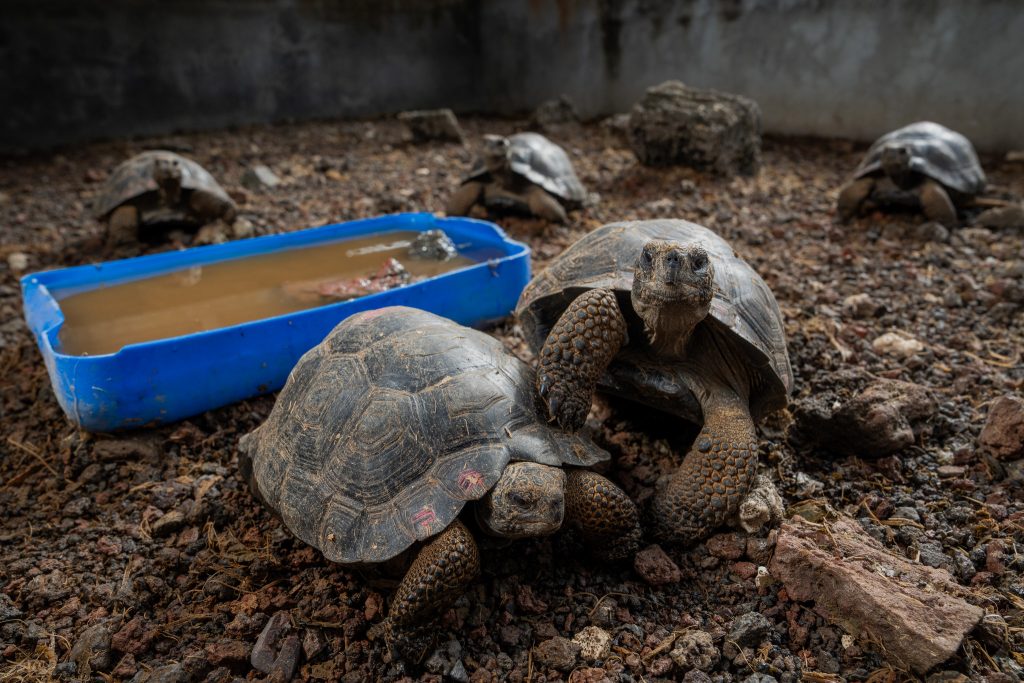
Soon, for the first time in over 150 years, the first tortoises of the Floreana lineage will be released onto their ancestral island. The journey will be challenging—the island has changed, with human settlements and invasive species. But with the help of Park officials and the local community, we are prepared to give them the best chance to survive and thrive.
The return of this lost lineage will mark a monumental step in the history of conservation, thanks to your enduring support of our work.
We invite you to read the full story of this remarkable project on National Geographic’s website. It is a testament to the power of persistent scientific work and the vital conservation mission you help make possible.
Share:

